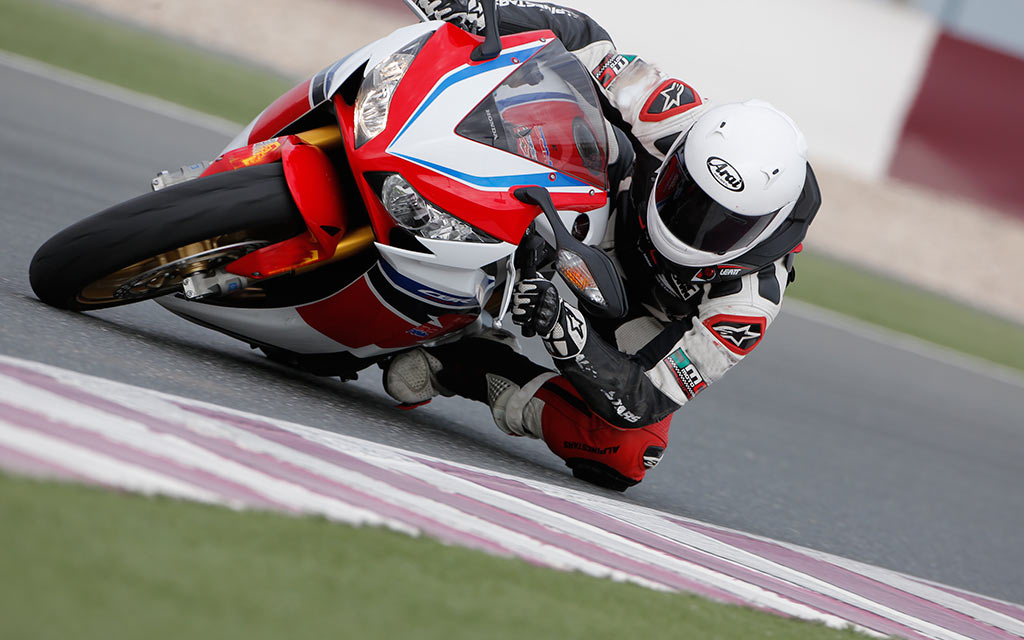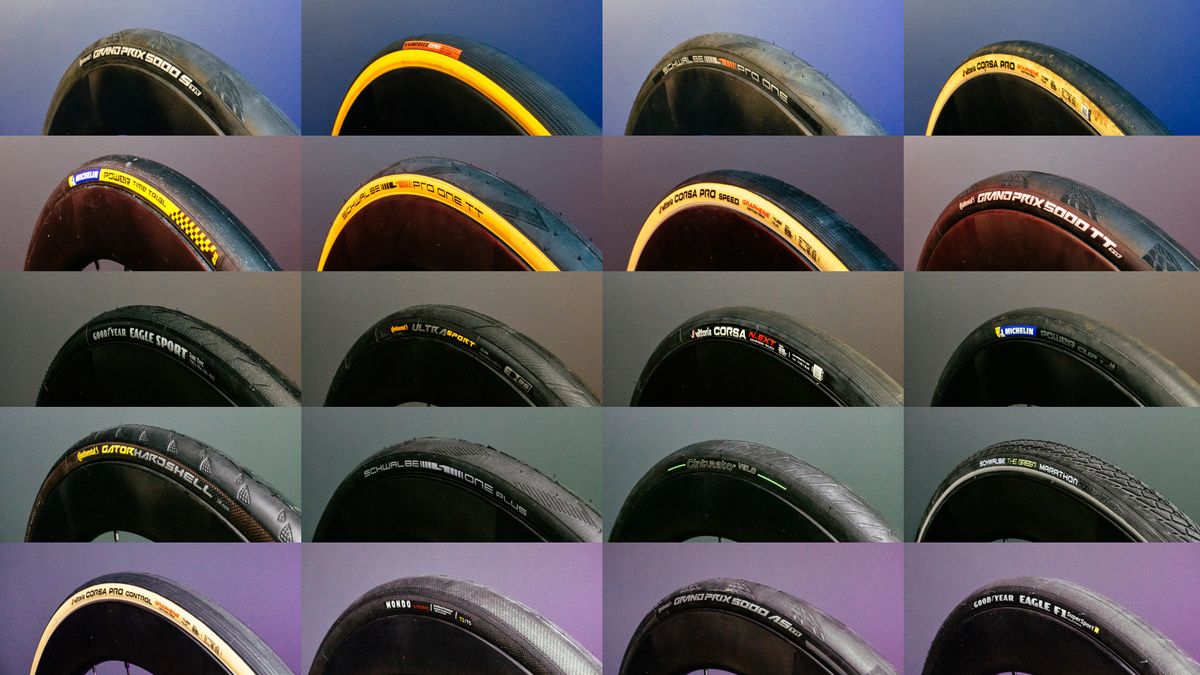All Categories
Featured
Table of Contents
The Michelin used a comfy driving experience, characterised by receptive steering and a modern understeer balance. Despite the cooler testing problems, Michelin's constant time and grip over 3 laps suggests its suitability for real-world applications. On the other hand, Yokohama's performance was unique. While its super-quick steering led to a rapid front axle turn, the back showed a propensity to turn a lot more.
The tyre's very first lap was a second slower than the second, directing to a temperature-related grasp increase. For everyday usage, the Michelin may be a safer bet.
Leading Premium Tyre Selection – Balga WA
It shared Michelin's safe understeer equilibrium however did not have the latter's desire to turn. Continental and Goodyear's efficiencies were significant, with Continental's new PremiumContact 7 showing a significant renovation in wet conditions contrasted to its predecessor, the PC6. This model was far much less conscious load changes and acted similar to the Michelin, albeit with slightly less communication at the limit.
It integrated the risk-free understeer equilibrium of the Michelin and Continental with some stylish handling, showing both foreseeable and fast. As an all-rounder for this Golf GTI, Goodyear's Asymmetric array was the standout, demonstrating remarkable performance in the wet. The Bridgestone Potenza Sport took the crown as the fastest tire, albeit by a small margin.
This tyre got grippier as it warmed up, comparable to the Yokohama. Motorists looking for an interesting wet drive might discover this tyre worth considering. The standout performer in damp stopping was the most recent tire on test, the PremiumContact 7, though the outcomes are nuanced. We conducted wet stopping tests in three various ways, two times at the brand-new state and as soon as at the used state.
Tyre Deals Near Me – Stirling
Preferably, we desired the cold temperature examination to be at around 5-7C, yet logistical hold-ups indicated we tested with an ordinary air temperature of 8C and water at 12C. While this was cooler than standard test problems, it was still warmer than real-world conditions. The cozy temperature test was done at an average of 18C air and 19C water.
The 3rd run involved damp stopping examinations on used tyres, specifically those machined to 2mm with a little encounter. While we meant to do even more with these used tyres, climate constraints limited our screening. Nevertheless, it deserves noting that damp braking is most vital at the worn state, as tyres usually enhance in completely dry conditions as they use.

Bridgestone, Goodyear, and Michelin saw the least efficiency reduction when worn. The Hankook tyre registered the tiniest performance decrease as temperature levels cooled down, however it was amongst the most affected when worn.
Tyre Offers
The take-home message below is that no single tyre succeeded in all elements of damp stopping, showing a complex interaction of elements affecting tyre efficiency under various problems. There was a standout tire in aquaplaning, the Continental completed top in both straight and bent aquaplaning, with the Michelin and Goodyear additionally really excellent in deeper water.

Yokohama can take advantage of slightly more grasp, a problem possibly affected by the colder problems. When it comes to managing, all tyres carried out within a 2% array on the lap, demonstrating their premium performance (Budget car tyres). Taking into consideration these tyres essentially target the same consumer, it's fascinating to observe the substantial distinctions in feel.
The surprise is because the PremiumContact 6 was among my favourites for stylish completely dry drives, however its follower, the PremiumContact 7, appears elder and looks like Michelin's performance. Among these, Hankook was the least precise in steering and interaction at the limitation. Tyre inspections. Both Michelin and Continental offered lovely first steering, albeit not the fastest
If I were to suggest a tyre for a quick lap to a newbie, claim my dad, it would be just one of these. We have the 'fun' tyres, particularly Yokohama and Bridgestone. Both were swift to guide and felt sportier than the others, but the compromise is an extra spirited back side, making them more tough to handle.
Budget Tyres
It provided comparable guiding to Bridgestone yet used better feedback at the limit and far better hold. The Bridgestone Potenza Sporting activity, however, seemed to degrade fairly swiftly after simply three laps on this demanding circuit. There's Goodyear, which positioned itself someplace in between the enjoyable tyres and those tending towards understeer.
All in all, these tires are superb performers. For road usage, I 'd lean in the direction of either the Michelin or Goodyear, depending on your details choices. In terms of tire wear, the approach made use of in this examination is what the industry describes as the 'gold standard' of wear. The wear professionals at Dekra conducted this examination, which included a convoy of vehicles passing through a thoroughly intended course for 12,000 kilometres.
Both the Bridgestone and Yokohama tires significantly underperformed in comparison to the other 4 tyres in terms of rolling resistance, with Continental somewhat surpassing the remainder. Pertaining to the comfort level of the tires, as anticipated, most demonstrated an inverted connection with handling. The Continental, Michelin, and Goodyear tires done ideal across different surface kinds evaluated.

Bridgestone began to reveal indicators of suppleness, while Yokohama was especially rough over fractures. We did determine interior noise levels; nonetheless, as is often the instance, the results were carefully matched, and as a result of weather constraints, we were not able to carry out a subjective analysis of the tyres sound. Finally, we considered abrasion numbers, which gauge the quantity of tire step lost per kilometre, normalised to a one-tonne automobile.
Affordable Tyre Replacement
This figure represents the quantity of rubber dirt your tires create while driving. Michelin led in this category, creating over 9% less rubber particulate matter. On the various other hand, Hankook produced 32% even more. This is a facet I believe the industry must concentrate on more in the future, and it's something Michelin is supporting.
Latest Posts
Reliable Tyre Installation ( Bayswater)
Reliable Premium Tyre Selection
Wheel Alignment Services Near Me